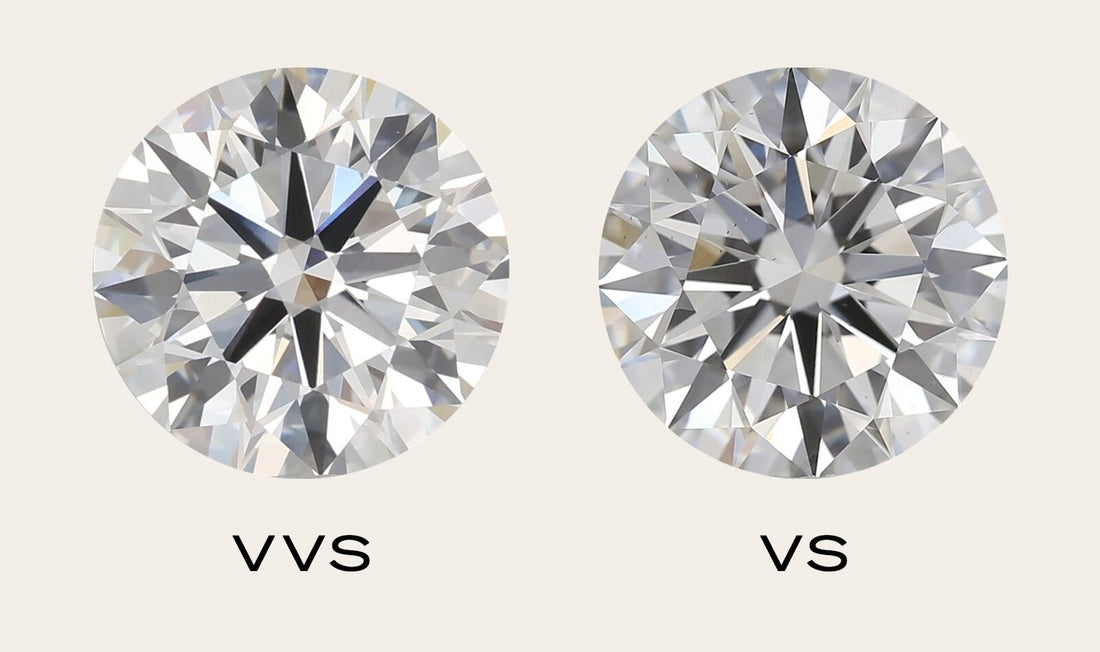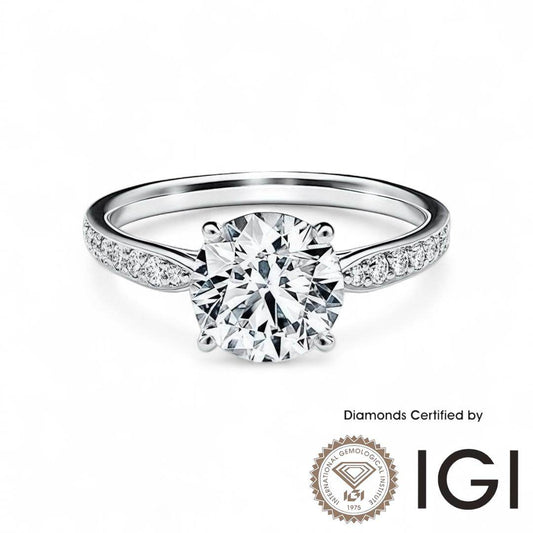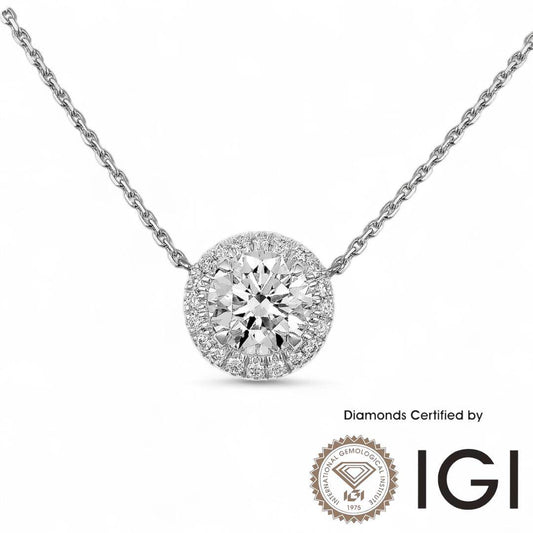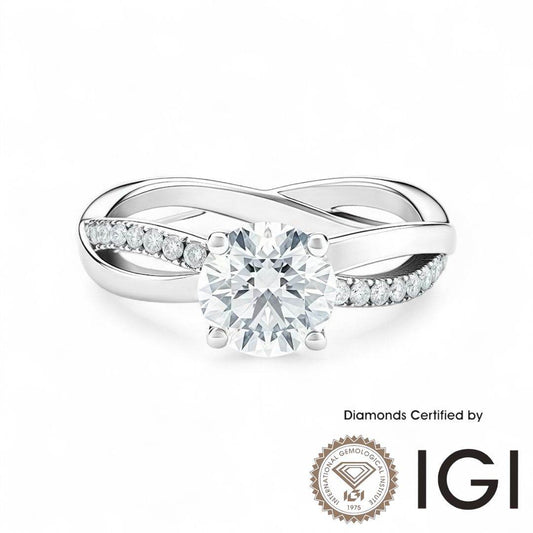Why You Should Choose VVS Over VS Diamonds for Lab-Grown Purchases: Understanding IGI Grading, D Color, and Untreated Stones
When purchasing a lab-grown diamond, especially one certified by the International Gemological Institute (IGI), clarity and color grading are critical factors that can directly affect the diamond’s beauty, long-term value, and customer satisfaction. At Madison Dia, we only sell lab-grown diamonds certified by IGI, as do most sellers worldwide. But understanding the limitations of grading, especially when compared to the stricter standards of GIA (Gemological Institute of America), is essential. This is why we strongly recommend that customers choose diamonds with VVS clarity and D color, and always confirm that the stone is not subjected to post-growth treatment.
Understanding IGI vs GIA: Why Grading Matters
IGI is currently the most common lab that certifies lab-grown diamonds. However, many industry experts and gemologists agree that IGI tends to be slightly more lenient than GIA, especially in clarity and color grading. For example, an IGI VVS2 grade often aligns more closely with a GIA VS1. That means if you buy an IGI VS2 diamond, you might actually be getting something closer to a GIA SI1 or even SI2.
This leniency becomes particularly important when you're shopping for diamonds over 1 carat. In those sizes, inclusions become much more noticeable to the naked eye. A diamond graded IGI VS2 or lower could display visible inclusions, especially if it's actually closer to SI2 by GIA standards. That’s why choosing VVS1 or VVS2 under IGI certification gives you a safer margin and helps ensure your diamond appears flawless without needing magnification.
Read more about IGI vs GIA clarity standards here.
The Visual Impact of Inclusions in Lower Clarity Grades
Many first-time buyers may not realize how visible inclusions can become. If you purchase a GIA-certified SI1 diamond above 1ct, it’s highly likely that dark carbon spots or internal clouds can be seen with the naked eye—particularly under lighting. Now, consider how much more concerning that becomes if you’re buying a diamond that is actually a GIA SI2 masquerading as an IGI VS2. The result is a stone that loses its brilliance and elegance in person, even if the certificate looks decent on paper.
D Color vs Lower Color Grades: Go for True Brilliance
Color grading is another category where IGI tends to be softer than GIA. Choosing a D color diamond—rated as colorless—is crucial if you want a truly bright, icy white stone. A G color diamond from IGI might be equivalent to an H or lower if graded by GIA, potentially showing yellow tints under light. If you're investing in a lab-grown diamond that you plan to wear or gift, it only makes sense to prioritize colorless (D) options for maximum sparkle and perceived quality.
GIA Diamond Color Scale Explained
Beware of Post-Growth Treatments
Some lab diamonds undergo post-growth treatment to artificially improve clarity or color. While these treatments might make a diamond appear more desirable at first glance, they can degrade over time, react poorly to heat, and reduce long-term durability and value. Always request confirmation from the seller that the diamond is non-treated.
IGI typically notes such treatments on its certificates, so you should look carefully under comments like “CVD Type IIa, post-growth treated.” Avoid these stones if you want a stable, authentic diamond.
How IGI Reports Lab-Grown Diamonds
Why Madison Dia Only Offers VVS & D Color Diamonds
At Madison Dia, we only offer D color, VVS clarity, and non-treated diamonds. We intentionally remove decision complexity and ensure every customer gets a premium-grade stone. Since all of our diamonds come with verified IGI certification, we handpick each one to exceed expectations and deliver beauty that’s visually and structurally exceptional.
Summary: Make the Smart Choice
- Clarity: Choose IGI VVS1 or VVS2 to avoid visible flaws. IGI VS2 may actually be GIA SI1–SI2 equivalent.
- Color: Opt for D color to avoid yellow undertones. Lower IGI grades may not look truly colorless.
- Treatments: Always confirm the stone is non-treated. Post-growth treatments may degrade over time.
Buying a lab-grown diamond should be a joyful experience, not a gamble. At Madison Dia, we help customers make decisions based on knowledge, integrity, and uncompromising standards.
Visit our website or DM us on Instagram for inquiries.





